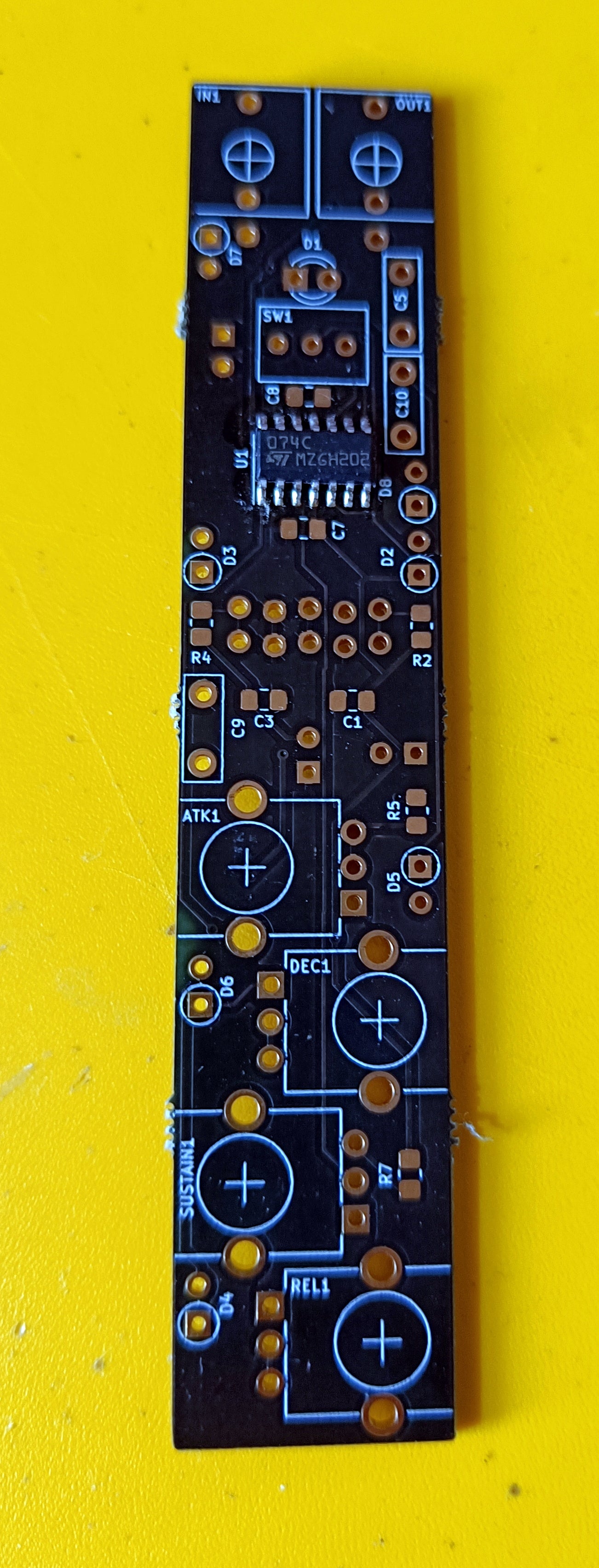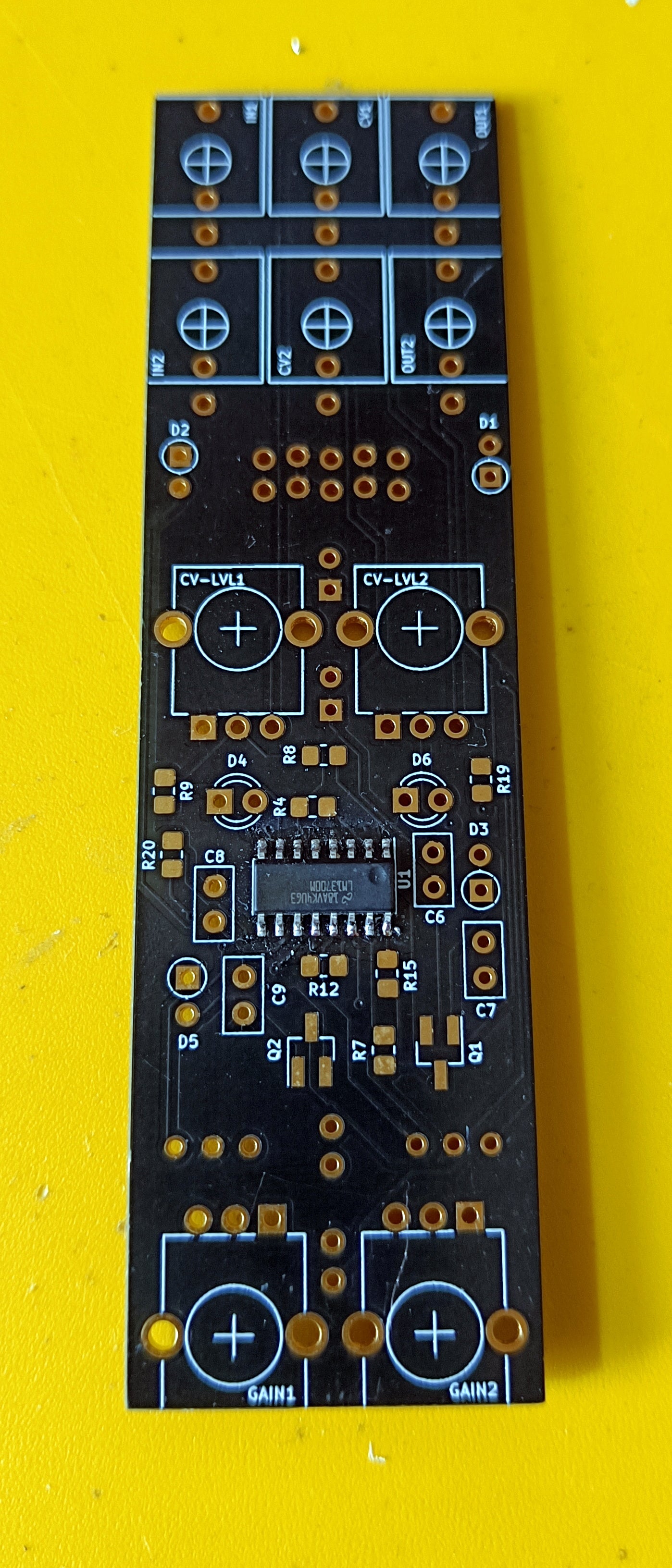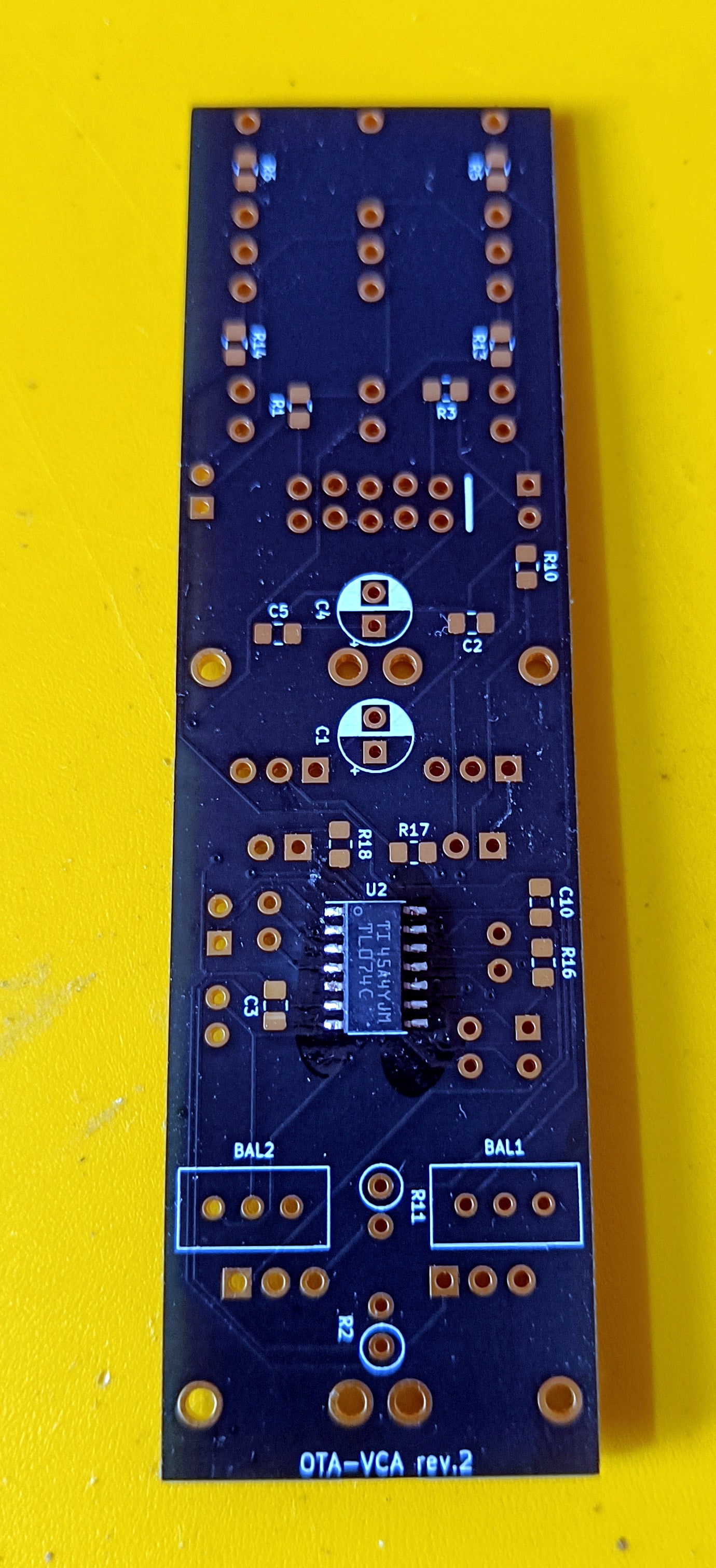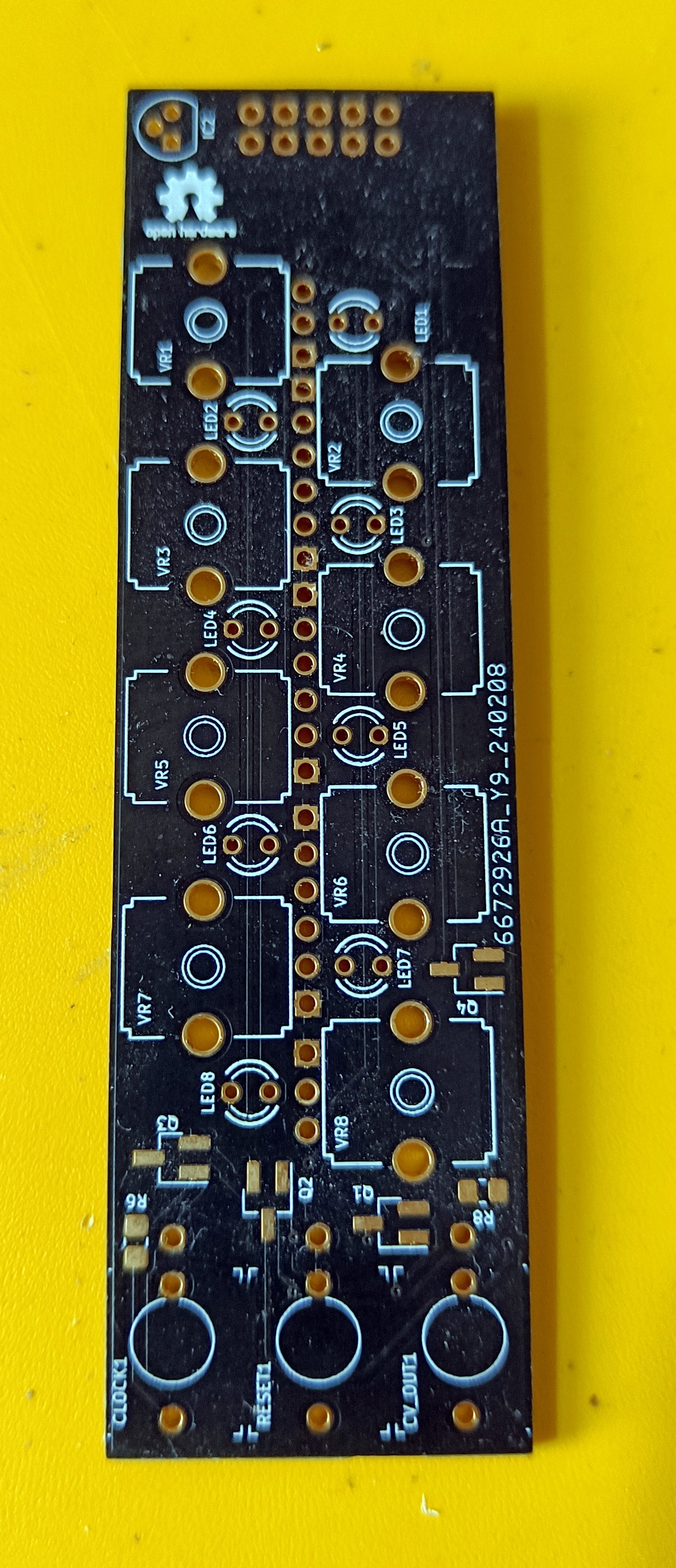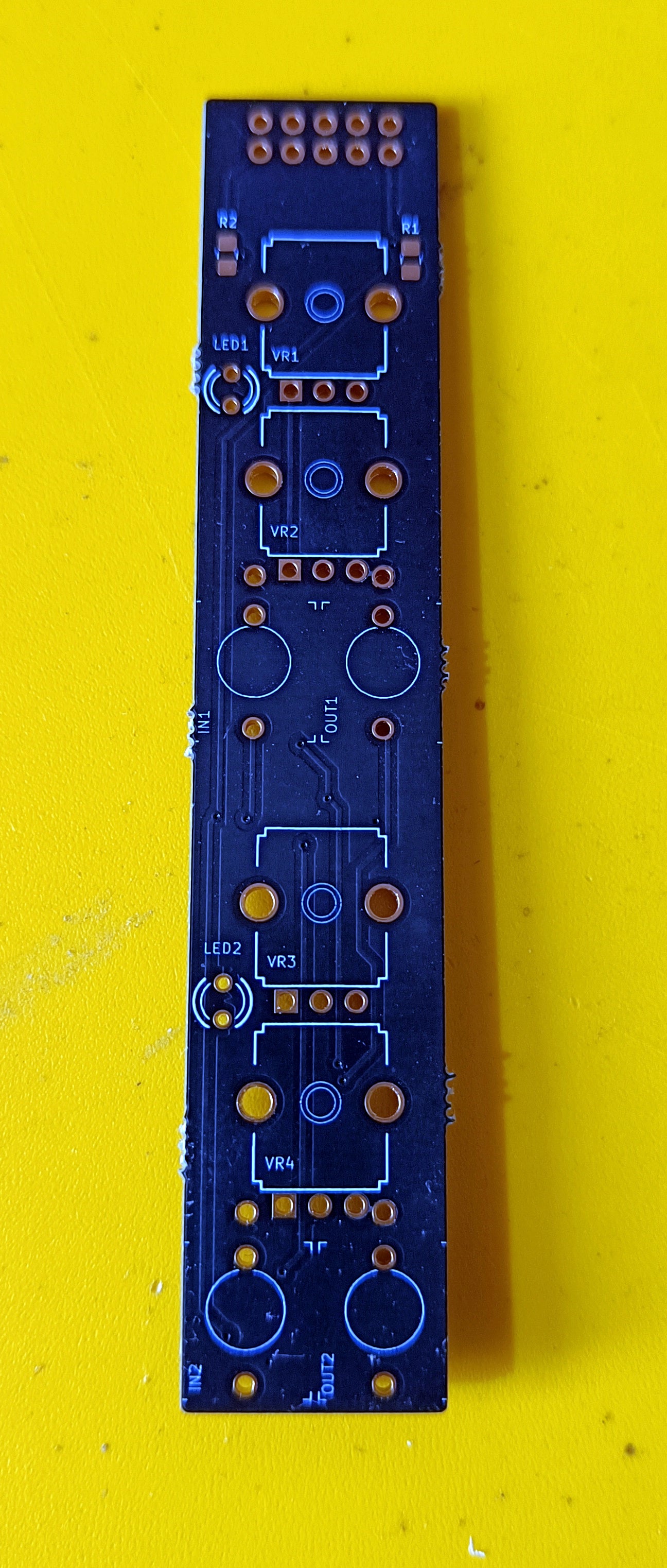Due to GPSR regulations I am unable to ship this item to the EU/EEA (including Northern Ireland, Norway and Switzerland)
US customers: please contact me in the first instance if you wish to place an order.
York Modular
Surplus SMD PCBs (various)
Surplus SMD PCBs (various)
受取状況を読み込めませんでした
A myth I've been trying to bust for a few years now is that surface-mount soldering isn't all that difficult, and since I'm moving some high-turnover modules to a PCB assembly service I've got a bunch of surplus PCBs available for you to find out for yourself.
Whilst there are some people who claim they can hand-solder 0201 passives one-handed whilst blindfolded and hanging upside down in a vat of custard, I'm not one of them - I know my limits. Basically, if someone with crap eyesight like me can hand-solder 0805 and SOIC components then you can too.
Ideally, what you'll need is:
- A good quality, temperature-controlled soldering iron - I use a Weller WEP70.
- A suitable soldering tip - you don't need something ultra-fine for SMD; I use a Weller ETBB, which is a 2.4mm screwdriver/rounded tip. It works fine for SOIC and 0805 components. 70W is enough to handle even boards which have front and rear ground-planes.
-
Flux - flux pens are generally better (and less messy) than bottles of liquid flux. They tend to keep longer too. You're gonna be using a lot of this - a healthy coating of flux makes soldering small components a lot easier, and the easy-clean stuff will generally come off with isopropyl alcohol or board cleaner (see below)
-
Solder - I use multi-core 96SC solder (95.5%Sn: 3.8%Ag:0.7%Cu) which melts at 217C. For through-hole parts, 0.5mm is a good bet, and 0.25mm works better for SMD parts. I usually have my iron set to around 360°C.
-
A pair of tweezers - SMD parts are small, and burnt fingers are neither big nor clever. A good set of basic, ESD-safe tweezers is fairly inexpensive.
- Board Cleaner - Electrolube FluxClene is my weapon of choice, and what I use to clean my boards prior to shipping. No smoking or naked flames, please ....
-
A steady hand - trust me, getting loaded on coffee and attempting to solder extremely small parts will not end well. Something like this works for me.
- (optional) a loupe or magnifier - in case something does go wrong and you need to find a stray solder bridge or similar.
There are plenty of good videos on YouTube showing the ins and outs of SMD soldering. Other video streaming services are available.
The following PCBs are available:
-
SEQ8.2 - 8-step CV sequencer (6HP) (https://github.com/yorkmodular/seq8.2-diy)
-
ADSR - ADSR envelope generator (4HP) (https://github.com/yorkmodular/adsr-diy)
-
OTAVCA - Dual LM13700 linear VCA (6HP) (https://github.com/yorkmodular/otavca-diy)
-
DV3 - Dual AR envelope generator (4HP) (https://github.com/yorkmodular/dv3-diy)
Note that you're only getting the PCB - it's up to you to supply appropriate components and get faceplates fabricated out of the material of your choice. I can supply appropriate design files. Some boards may already be populated with ICs, and some may not - it's the luck of the draw.
All of the passives are 0805 (2mm x 1.5mm) and the ICs are SOIC (1.27mm pin spacing). Diodes will generally be SOD-323, which are a little trickier to handle but still eminently doable by hand (the SEQ8.2 requires 11 of the buggers ...). Some boards may require through-hole parts, which you're probably familiar with.
Best of all, surface-mount components are cheap, even in small quantities, and the vast majority of electronics suppliers will sell you them in sensible multiples rather than making you purchase a reel of 5000 ... (if you're having trouble, let me know and I'll see if I can help out - I generally have the more common values of resistors and capacitors in stock, plus some ICs as well)
Give it a go, you may be surprised - and even if you do screw it up you're only out by a couple of quid and it's a lot easier to replace SMD parts than through-hole (don't ask how I know this!)
All of these boards are black FR4 (fibreglass) with gold ENIG finishing.


